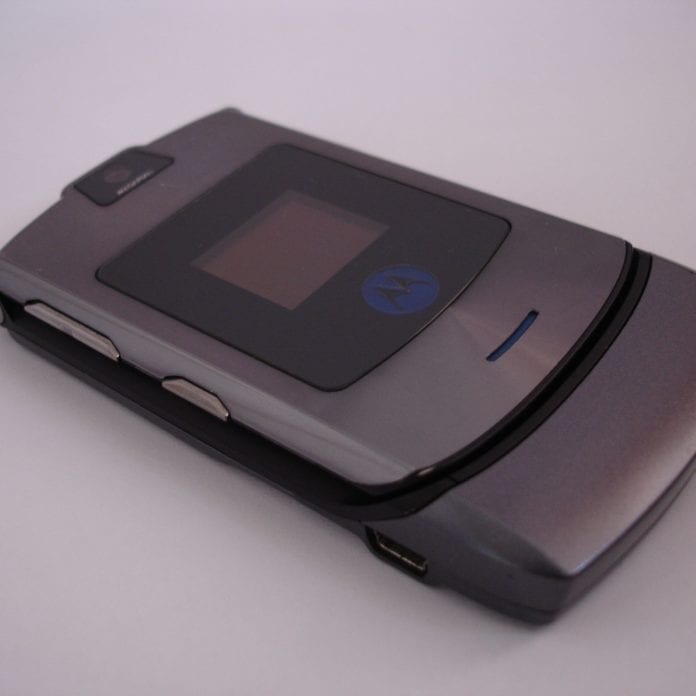Since 2005, Lenovo has done very well. They acquired the ThinkPad brand of laptops from IBM and that success apparently gave them a false sense of security. They thought they had the secret sauce, but apparently they are not bulletproof. They acquired Motorola in 2014 hoping for the same result. However, to date that has failed. So, what can we expect going forward?
When Lenovo acquired ThinkPad, IBM had been successful with it for quite a while. It had a strong brand name and it was still the leader in the laptop market. The future of this sector had challenges with coming tablets and other issues, but ThinkPad was still a solid acquisition. Lenovo would have had to completely mismanage things to screw it up. The only question is how valuable could it be? Bottom line, they did a great job of maximizing value.
Motorola and ThinkPad are different for Lenovo
However, Motorola is a different story. Motorola was dying when Lenovo acquired it, having been the leader in the space for decades. They were the leader in wireless communication before the cellular revolution started in the early 1980’s, and then hung onto their leadership position through the mid 1990’s with their StarTac phone. Then things got rocky for the company.
Motorola missed the switch from analog to digital technology in the 1990’s and suddenly lost their way. Nokia quickly took over the No. 1 spot in handsets and kept it, along with BlackBerry for smartphones. That lasted a decade until the first Apple iPhone and Google Android-powered devices hit the market starting around 10 years ago.
That’s when the marketplace radically changed. Today Motorola, BlackBerry and Nokia are having the hardest time remaining relevant in the smartphone market.
Wireless marketplace radically reinvents itself every decade
Consider the app market. When BlackBerry and Palm led the market, there were only a few hundred apps. After Apple Google entered, there was an explosion of apps. Today, there are more than 1 million apps, and those apps are not just toys. Today, they help us with our health, finance, news, information and so on. We watch live television, movies, read books and so many other things.
Today apps are valuable to us, and they are only going to continue to improve our lives. As the world continued to change, Motorola fell further behind. They had the Razr for a few years, but nothing followed it. That meant their growth wave rose briefly, but fell once again and has not budged.
The growth wave rises, crests and falls
The growth wave has both built up and taken down many companies, including Motorola who did not create the next wave. The once strong Motorola became the ugly duckling of the wireless handset market. They split up and wondered in the desert for years.
Following a brief Google ownership, Lenovo acquired Motorola in 2014. We were all excited to see how they were going to change the wireless marketplace, and we are still waiting.
Lenovo is a worldwide company with a strong brand and reputation. However, competing against Apple and Google in the smartphone market has been a challenge. No one has successfully competed with and won market share from Apple and Google since they took leadership 10 years ago. Why Lenovo thought they could with Motorola, a company on the falling side of the growth wave, is a complete mystery.
To be fair, Google’s Project Fi mobile virtual network operator service has a hard time competing with Android devices on AT&T Mobility, Verizon Wireless, Sprint and T-Mobile US. This is just the current state of today’s wireless marketplace.
Can smartphone leadership change?
So, the question is, will it always be this way in wireless? Believe it or not, I say not necessarily. Yes, Apple and Google have helped to usher in a new wave of smartphone over the last decade. However, every revolution in wireless has a lifespan. In wireless, the lifespan is roughly 10 years.
So, it’s time for the next, big revolution in wireless. What will it look like? Traditional wireless carriers are starting to answer this question. Sprint and T-Mobile US are growing for the first time in a decade. They will continue to grow in the traditional wireless space. AT&T Mobility and Verizon Wireless will also continue to compete in this space, but they are also expanding far beyond traditional wireless.
Leadership in the handset space could go through a major shift. I am not saying it will happen, but it could happen at any time.
Expect smartphones to get smarter and start to use new technologies like artificial intelligence, the cloud, internet of things, virtual reality and more. Smartphones are becoming the remote control for our lives. After all you can use apps to open your doors and set your alarms.
With that said, Lenovo Motorola should continue to innovate and advance the playing field. Who knows what will capture the imagination of the marketplace next. Other handset makers are also trying to jump to the top. Companies like Huawei, ZTE and Xiaomi, and newer and lesser known smartphone makers are making waves including Oppo and Vivo.
So far, it looks like Huawei, Oppo and Vivo are positioning themselves for growth in 2017. And they won’t be the only ones. This year is the 10-year anniversary of the iPhone and Android, and I would say it’s time for the next big growth wave to transform the industry and take us to the next level.

